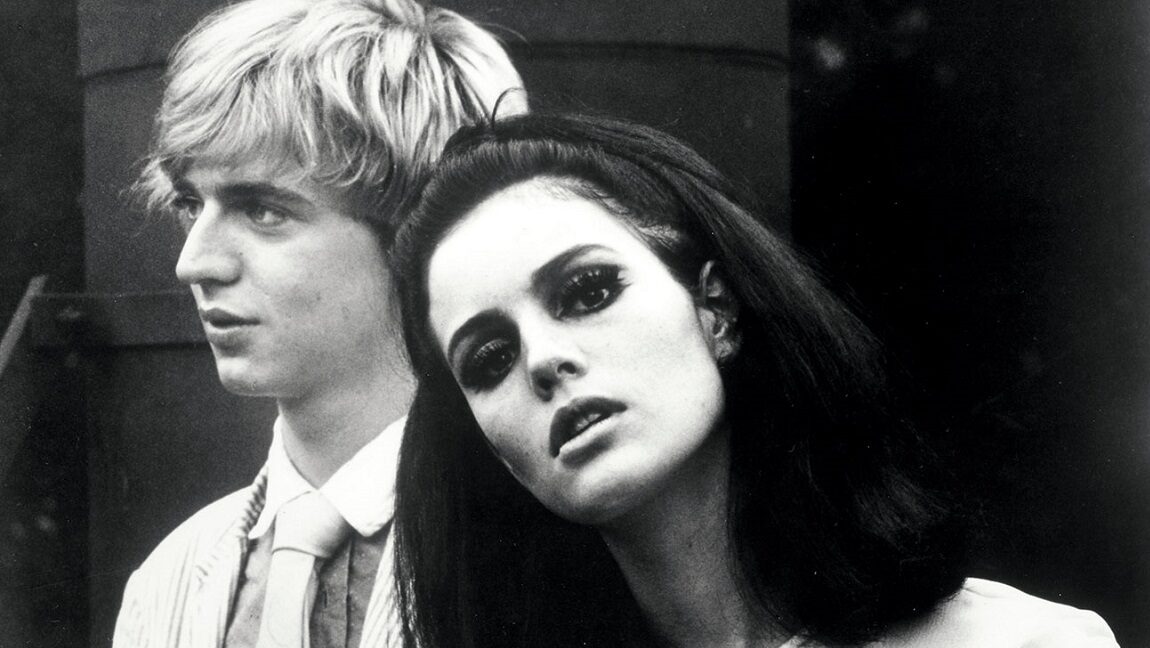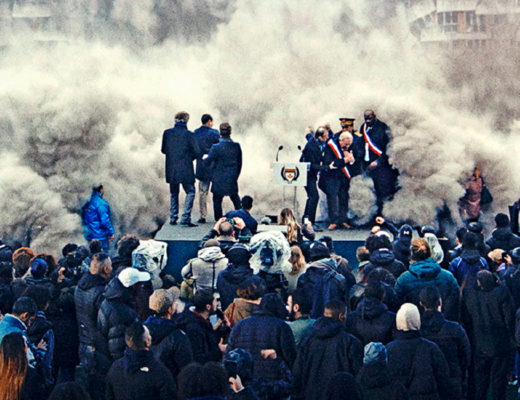In the age of mass production, art is nothing unique. And in the 1960s, the work of Andy Warhol became one of the foremost indicators of this new shift in cultural understanding. Reflected in his work is an increasing disassociation from modernist ideals and principles, such as notions of ‘the masterpiece’ and originality, which resolve in the serialized images of commodities and pop icons; i.e., the art which made him most well-known. In Warhol’s art, we can see a reduction of the importance of the artist. They are replaced by the multitude of images that constitute our modern lives: advertising, entertainment, and fashion are stripped of their context and treated simply as images, in all their banality and glory. What once possessed value as an original then becomes nothing more than a copy —- easily reproducible and lacking the ‘aura’ that could distinguish it from the mundanity of its existence. Into this space and time came Warhol’s Chelsea Girl, the result of several years of experimentation with film which drew together many of the Factory regulars for a decentered, aleatory, ‘reality TV’ film of sorts. Consisting of twelve reels, each 33 minutes in length, to be projected double-screen with a slight gap of five minutes separating each, the film presents itself as quite the task for any projectionist, even including instructions for when to switch the sound between the two screens.
Nevertheless, it should be clear that this destruction of narrative cinema — and thus of the tension and development that viewers desire — was representative of a new aesthetic, the postmodern.
Chelsea Girls hasn’t been truly aleatory since its original screenings in the late ‘60s; it’s screened today with a set of instructions detailing the list of cues that should be more or less followed. But regardless, Warhol’s work is a strange and deliberately obstructive thing, asserting itself as something non-hierarchical in form and concerned only for the play of quotidian action mixed with spectacle. This lack of any distinguishable hierarchy is reflected in the act of watching it, as our attention becomes split between screens. One could argue that a privileging takes place when the sound is played from one of the screens but not the other, but this hardly paints an accurate picture of the actual experience of watching the film, wherein the viewer’s attention will frequently be drawn away from the action on the screen with sound, simply due to the action or lighting (or a combination of the two) on the silent screen being more arresting than the other. All of this is very much intentional; indeed, the content of each of the reels frequently slips between mundane conversations and obscene excitement, meaning that there will always be a natural flow that will direct the viewer’s gaze to a particular screen.
Nevertheless, it should be clear that this destruction of narrative cinema — and thus of the tension and development that viewers desire — was representative of a new aesthetic, the postmodern. Within it, the line between ‘real’ and ‘performed’ also becomes blurred, and classical notions of acting are replaced by what Jonas Mekas called, in a rather perspicacious comment, “transformed, intensified selves.” Although this can be clearly recognized as paving the way for the likes of reality television, it also displays a growing fascination with ourselves — aided by new technology — in which every detail of our daily experience is magnified and intensified, turning private experience into spectacle. The personalities on display thus begin to look like layabouts and, compounded with the candid depiction of drug use and violence, smell of the disaffection that was taking shape during the time. It is an enticing film, but its self-destructiveness is far from desirable; a thrilling, distressing experience.
Part of Kicking the Canon – The Film Canon.







